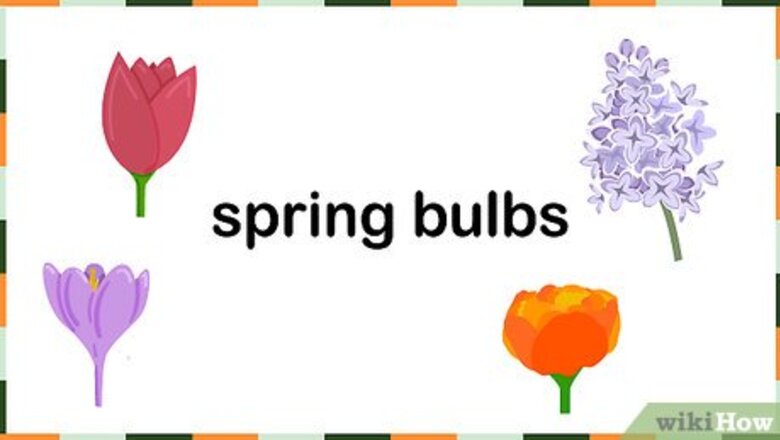
views
X
Research source
Choosing Your Bulb Varieties

Select a variety of flowers. Spring-flowering bulbs are most visually appealing when a variety of flowers are planted in an arrangement. Depending on your level of gardening experience, you may want to start out with only 2 or 3 types of spring bulbs. If you’re confident in your gardening skills, select a half dozen bulb varieties. Purchase at least 3 or 4 individual bulbs of each variety. Popular combinations of spring bulbs that can be planted together include: Tulips, daffodils, and snowflakes. Bearded irises, Siberian irises, crocuses, and bluebells. Snowdrops, crocuses, and hyacinth. Note that the bulbs in each combination are roughly the same size and can be planted at the same depth in the same hole.
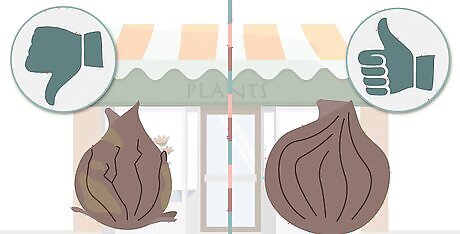
Purchase bulbs at a reputable nursery or gardening center. Nearly all plant nurseries stock bulbs year-round. If you visit the nursery in the fall, around September or October in the Northern Hemisphere, their selection of spring-blooming bulbs will be at its largest. Healthy, high quality bulbs will be rounded and firm, and not have any cracks or wrinkles on their surface. If there isn’t a nursery in your area, many large home-supply stores have an onsite gardening center.
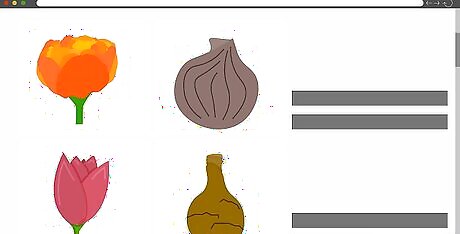
Order bulbs from an online seed catalog. If you don’t live near a brick and mortar nursery or garden center—or if you prefer to shop online—you can find a wide variety of bulbs through seed catalogs. Search by flower name until you find the type of bulbs you’re looking for. If the bulbs are organized by growing season, search for “spring-blooming bulbs.” For example, look through the online bulb selection at Gurney’s, Park Seed, or FedCo Seeds.
Preparing the Hole

Plant bulbs in the fall before the ground freezes. Spring-blooming bulbs are hardy, and can be planted any time in the fall before the ground has frozen. To ensure that bulbs will take to the soil and sprout roots during the winter, plant them prior to the first frost of winter. If you live in the American South, hard freezes are uncommon. Plan to have the bulbs planted by early November in North America. To find out when the first freeze generally occurs in the region where you live, refer to: https://www.almanac.com/gardening/frostdates.
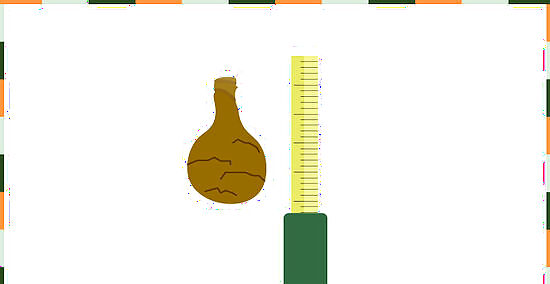
Measure the height of each type of bulb. Use a ruler and take an accurate measurement of the height of each type of bulb. Measure from its base to the tip. While there may be minor variation in the size of bulbs of the same species—e.g., tulips—it’s usually not enough of a difference to justify measuring each individual bulb. Tulip bulbs are usually quite large, while the bulbs of irises and hyacinths are much smaller.

Dig a hole 2 times as deep as each bulb is high. Use an ordinary shovel or gardening spade for this task. For example, if you’re planting bulbs that are 2 inches (5.1 cm) tall—regardless of how many bulb species you’re planting—dig a hole approximately 4 inches (10 cm) deep. Since the bulbs will vary in size by species, you’ll need to dig separate holes of different depths for each size of bulb you plant. For example, if you’re planting crocuses and snowdrops together, dig a single hole 3 inches (7.6 cm) deep. Then, if you’re planting snowflakes and tulips together, dig a separate hole that is 4 inches (10 cm) deep.
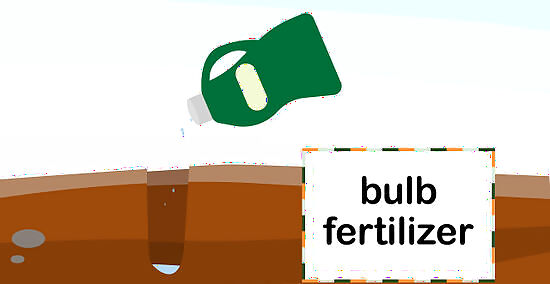
Add bulb fertilizer to the hole. Before you plant the bulbs, add a bulb fertilizer to ensure that the plants have plenty of nutrients over winter. Sprinkle 5 tablespoons (74 mL) of bulb fertilizer into each large hole. Use the tip of your shovel to mix the fertilizer into the top few inches of soil. You can purchase low-nitrogen fertilizer at a local hardware store, plant nursery, or gardening center. If you can’t find bulb fertilizer, 10-10-10 is a good substitute.
Planting the Bulbs

Arrange 5 or 6 bulbs in a circular pattern in each hole. Place 1 bulb in the center of the hole, and set 4 or 5 additional bulbs around in in a circular pattern. Space the bulbs out from one another evenly. On average, most bulbs will need 3–4 inches (7.6–10.2 cm) of space on every side. Plant 2 or 3 bulbs of different species together for an attractive presentation. For example, Grape hyacinth, Christmas rose, and Snowdrops all grow to about 12 inches (30 cm) tall. Plant 3 of each in the same hole near a mailbox or on the edge of your garden. If you’d like taller flowers, try planting 2 each of Star of Bethlehem, tulip, and daffodil in the same hole. These flowers will grow to be about 24 inches (61 cm).

Press each bulb in the bottom of the hole right-side up. Use your hands to lightly push each individual bulb into a hole of the appropriate depth. Position each bulb in the hole so that the pointed bud at one end is pointing upward. If you plant the bulb upside down, it will die underground. Because each bulb must be oriented properly in the ground, they need to be planted individually.
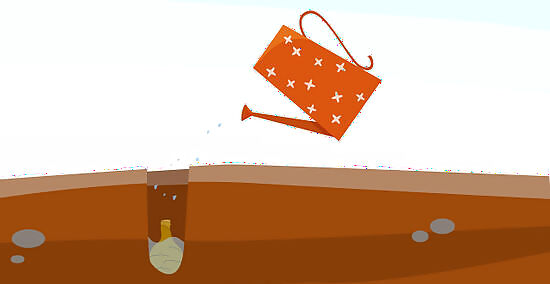
Fill the hole with water once the bulbs are in place. Spring-blooming bulbs need a generous amount of water. Use a hose or a watering can and pour water into the hole until the bulbs are fully submerged. Keep filling until the hole is full of water. Watch to make sure that none of the bulbs rise to the surface as you fill the hole with water.

Cover the hole with soil, leaves, and mulch. After the water has been absorbed into the ground, you can re-fill the hole that the tulips are planted in. Toss in a few shovelfuls of dirt, and fill the rest of the hole with loose leaves and mulch. As time passes, the soil level of the holes may begin to sink. If this happens, top off the holes with soil and mulch.




















Comments
0 comment